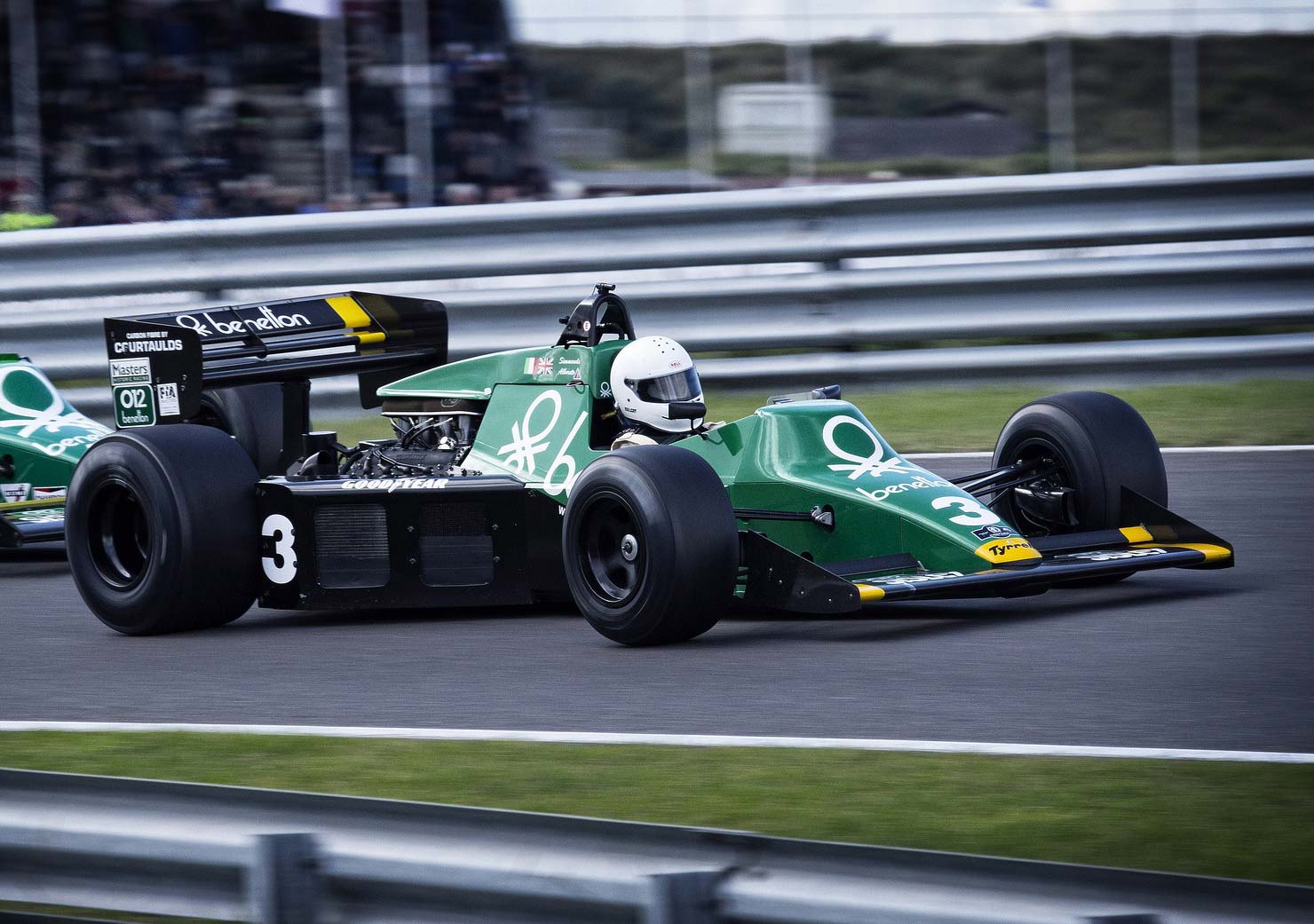How Technology is Innovating New Zealand’s Race Tracks

The racing industry is a vital part of New Zealand’s culture and economy, attracting enthusiasts from around the world. Technology is transforming every aspect of the racing industry, and New Zealand’s race tracks are no exception. In this blog post, we’ll explore how technology is changing the face of New Zealand’s race tracks, including innovations in track surfaces, timing systems, virtual reality and simulation, and safety technology.
Innovations in Track Surfaces
Race tracks traditionally used dirt, grass, or sand surfaces, but newer track surfaces are now used in the racing industry. These surfaces are made of synthetic materials and offer improved drainage, consistent track conditions, and increased durability. New Zealand’s Awapuni and Ellerslie race tracks are excellent examples of this trend. Both tracks have undergone significant renovations to upgrade their surfaces, resulting in improved track conditions and faster race times.
One of the newer synthetic surfaces used in New Zealand’s racing industry is the EquaFlow track. This track surface uses a combination of fibre, sand, and synthetic materials to create a consistent and durable track. The EquaFlow track has been praised for its improved drainage, which allows races to continue even in wet weather conditions. It is a significant advantage for New Zealand’s racing industry, as it is known for its unpredictable weather patterns.
Timing Systems
Timing systems are crucial in racing, as accurate timing is necessary to determine the winner of a race. Traditional timing systems used in racing involve manually starting and stopping a stopwatch, but newer systems are now being used in New Zealand’s race tracks.
One such system is the Photo Finish system. This system uses high-speed cameras to capture images of the finish line, allowing officials to determine the winner of a race with extreme accuracy. The Photo Finish system is now used in all of New Zealand’s major race tracks, ensuring that race results are determined fairly and accurately.
Virtual Reality and Simulation
Virtual reality and simulation are becoming increasingly important in the racing industry for training and race day operations. In New Zealand, virtual reality and simulation are being used to improve jockey training and enhance the race day experience for spectators.
Virtual reality technology allows jockeys to experience a virtual race before they compete in an actual race. This technology enables jockeys to practice riding on a particular track and familiarise themselves with its layout and features. It improves jockey performance and reduces the risk of accidents during races.
In addition, virtual reality and simulation are being used to create immersive experiences for race day spectators. New Zealand’s race tracks are now equipped with giant screens and high-quality sound systems, allowing spectators to experience the race more engagingly and interactively. This technology creates a more enjoyable experience for racegoers, enhancing the overall appeal of New Zealand’s racing industry.
Safety Technology
Safety technology is also transforming New Zealand’s racing industry. Innovations in the field are helping reduce the risk of accidents and injuries to horses and jockeys. One such technology is the use of safety rails on race tracks. These rails are designed to prevent horses from running into the barriers or falling over during races.
Another safety technology being used in New Zealand’s racing industry is GPS tracking devices on horses. These devices allow trainers and veterinarians to monitor the health and performance of horses during training and races. You can then use this information to adjust training programs and prevent injuries.
Furthermore, horse racing has recently seen a shift in attitudes towards animal welfare, and New Zealand’s racing industry is no exception. As such, innovations in safety technology are crucial in ensuring that horses are treated humanely, and their welfare is protected.
Conclusion
Technology is changing the face of New Zealand’s race tracks, and these innovations are transforming every aspect of the racing industry. Innovations in track surfaces, timing systems, virtual reality and simulation, and safety technology are improving the performance of racehorses and jockeys, enhancing the race day experience for spectators, and improving the overall safety and welfare of horses.